From furniture to jewellery, Ettore Sottsass’ revolutionary legacy is an eclectic one
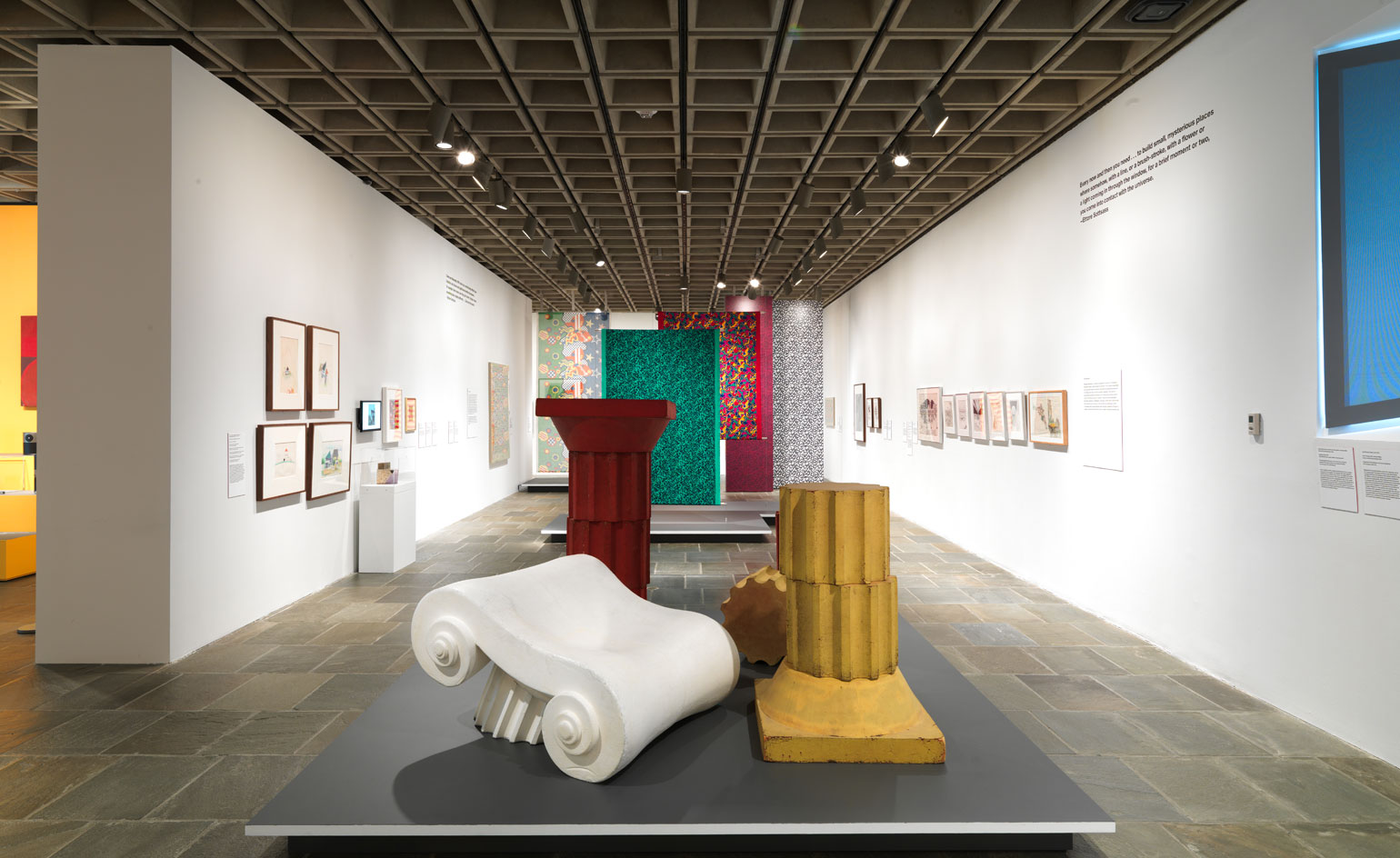
The visionary architect and designer Ettore Sottsass is being honoured front and centre at the Met Breuer in New York City, one of the most monumental celebrations (of the many) of his 100th birthday this year. With a career that spanned over six decades, Sottsass’ extensive body of work has been neatly distilled by the museum into a show spanning architectural drawings, interiors, ceramics, textiles, jewellery, painting, glass and of course furniture, that truly sums up the breadth of his talents.
Curated by Christian Larsen, associate curator of modern design and decorative arts, ‘Ettore Sottsass: Design Radical’ brings together some of the designer’s most recognisable works, including his ‘Carleton Room Divider’ (1981), ‘Tartar’ table (1985), Olivetti portable typewriter (1968), and ceramic vessels for Bitossi, and a selection of rarer ones. Of these, five industrial ceramic totems – ‘Menhir, Ziggurat’,‘Stupas’, ‘Hydrants’, and ‘Gas Pumps’ (1965–66) – originally displayed at Galleria Sperone in 1967, are the most commanding and reflect many of the principles, materials and techniques that subsequently formed the Memphis movement in 1981.
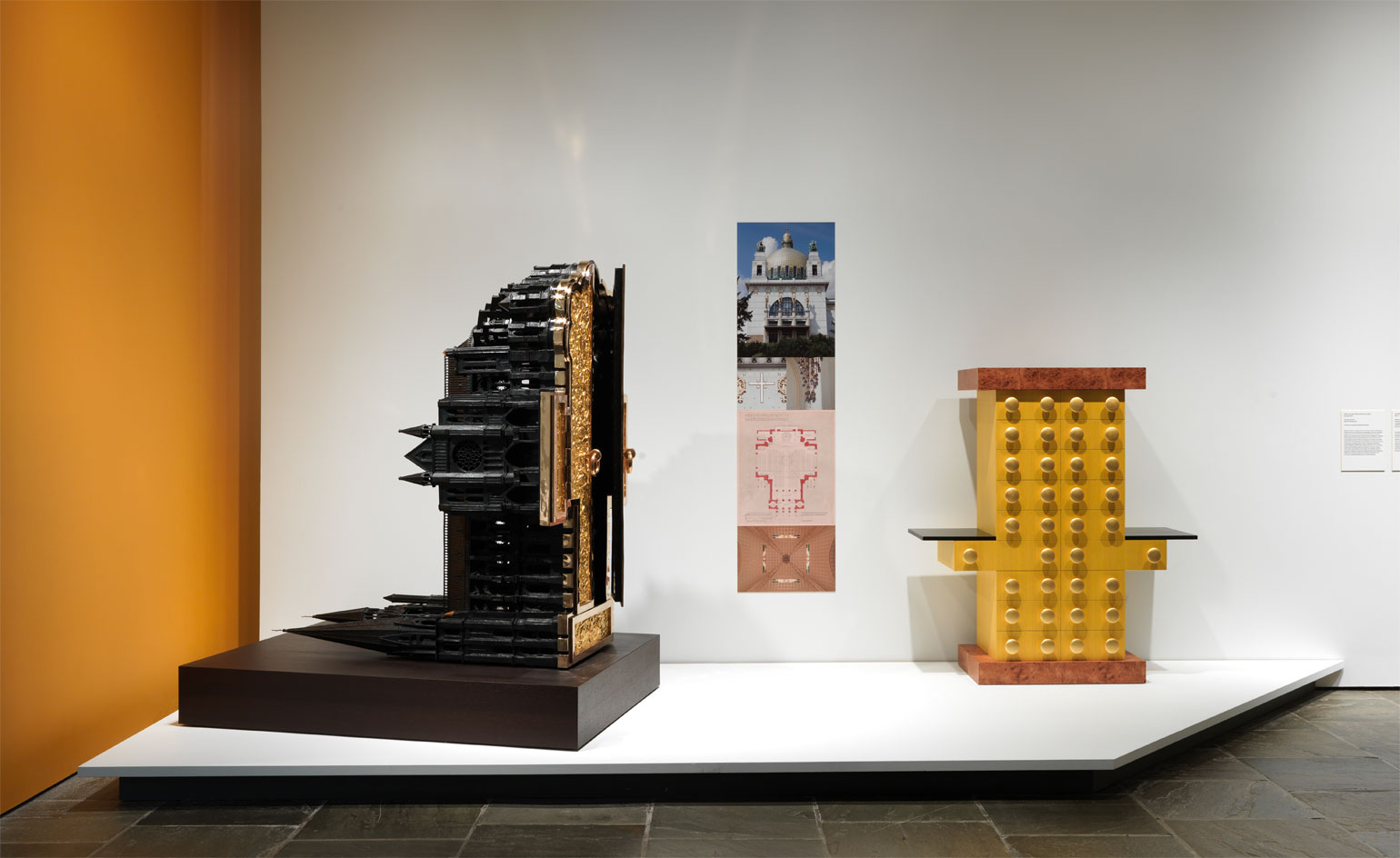
Installation view of ‘Ettore Sottsass: Design Radical’ at Met Breuer
To palpably prove Sottsass’ enduring influence on the world of design and art, Larsen has also included several contemporary art and design pieces in the exhibition. Works by Donald Judd, the British design studio Oeuffice, Norwegian jewellery designer Millie Behrens and Studio Job easily demonstrate how Sottsass’ distinctive aesthetic has seeped into different aspects of the art and design world. Conversely, a selection of ancient totems, furniture by Koloman Moser, paintings by Paul Klee and Wassily Kandinsky delineate the early influences for Sottsass’ own output.
The exhibition is capped off with a special, limited-edition selection of Sottsass-designed and influenced products in The Met Store, available for purchase. From a colourful building block set by Out For Space and Oeuffice’s ‘Kapital’ Collection stools (featured in the exhibition) to objects and furniture designed by members of the Memphis movement, any acquisition visitors might take away will no doubt leave their lives a little brighter.
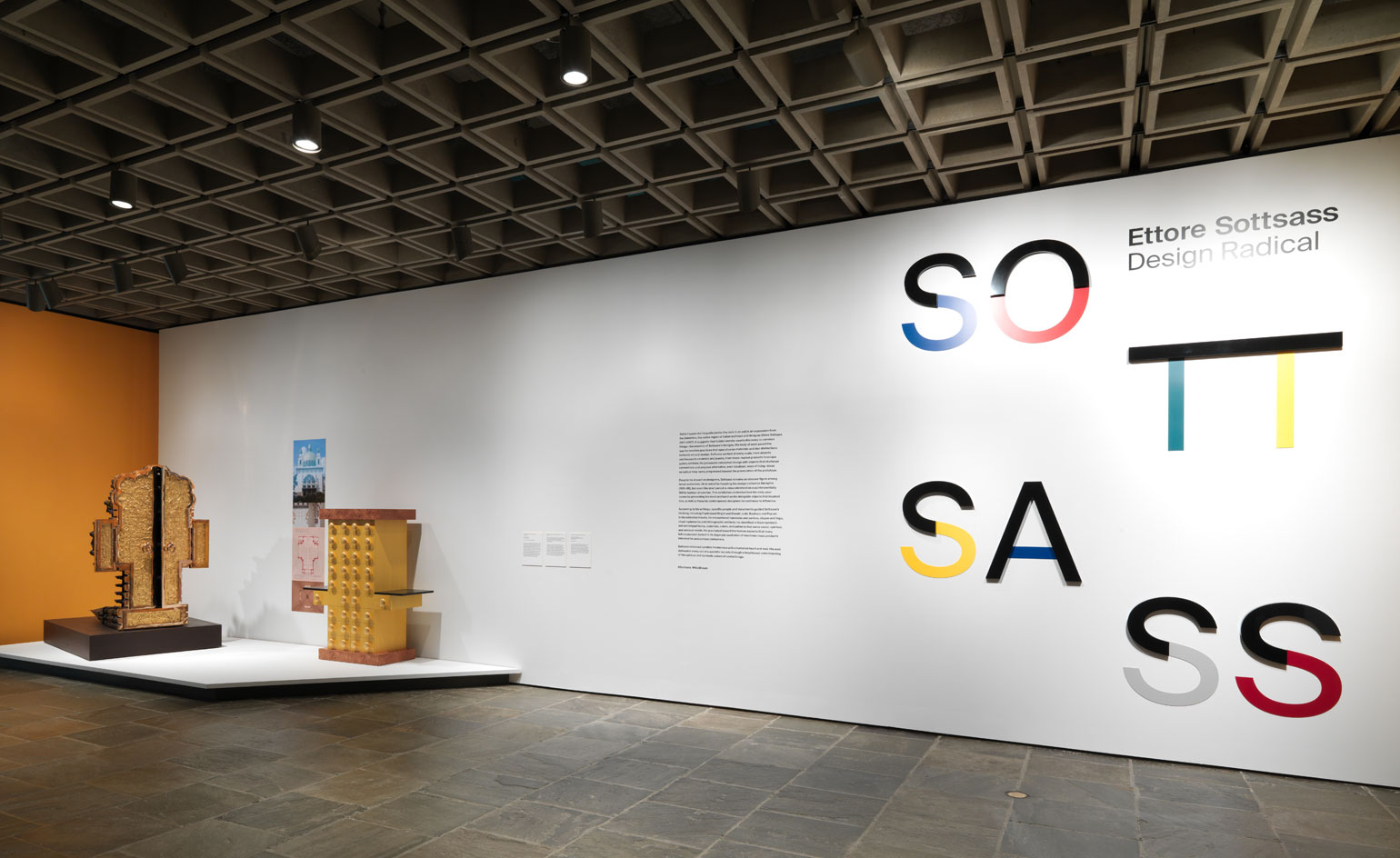
The exhibition opens with Studio Job’s bronze ‘Chartres’, 2009, and Sottsass’ Mobile ‘Giallo’, 1988-89. Photography: Anna Marie Kellen. Courtesy of The Metropolitan Museum of Art
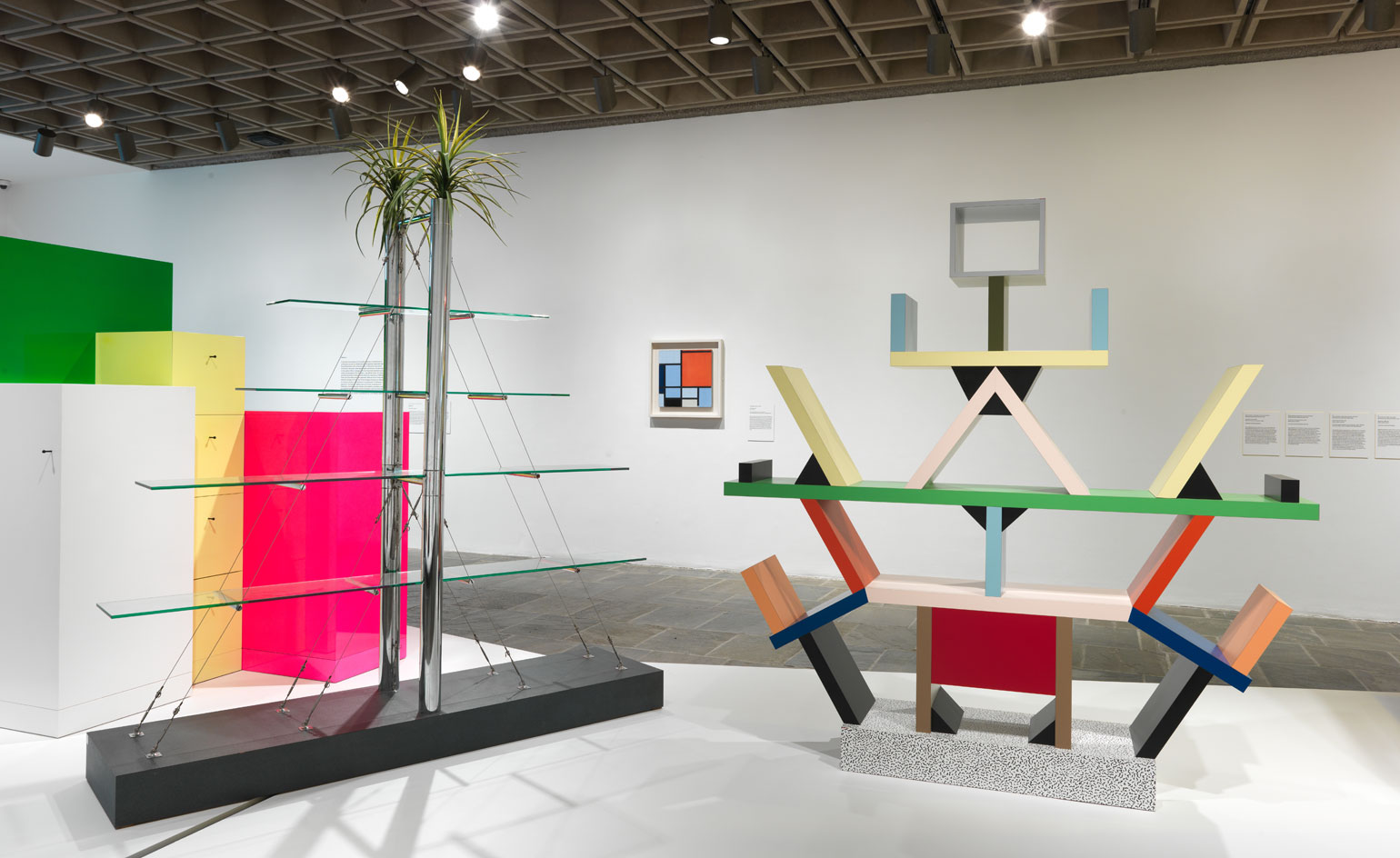
The show brings together some of the designer’s most recognisable works, including his ‘Carleton Room Divider’. Photography: Anna Marie Kellen. Courtesy of The Metropolitan Museum of Art
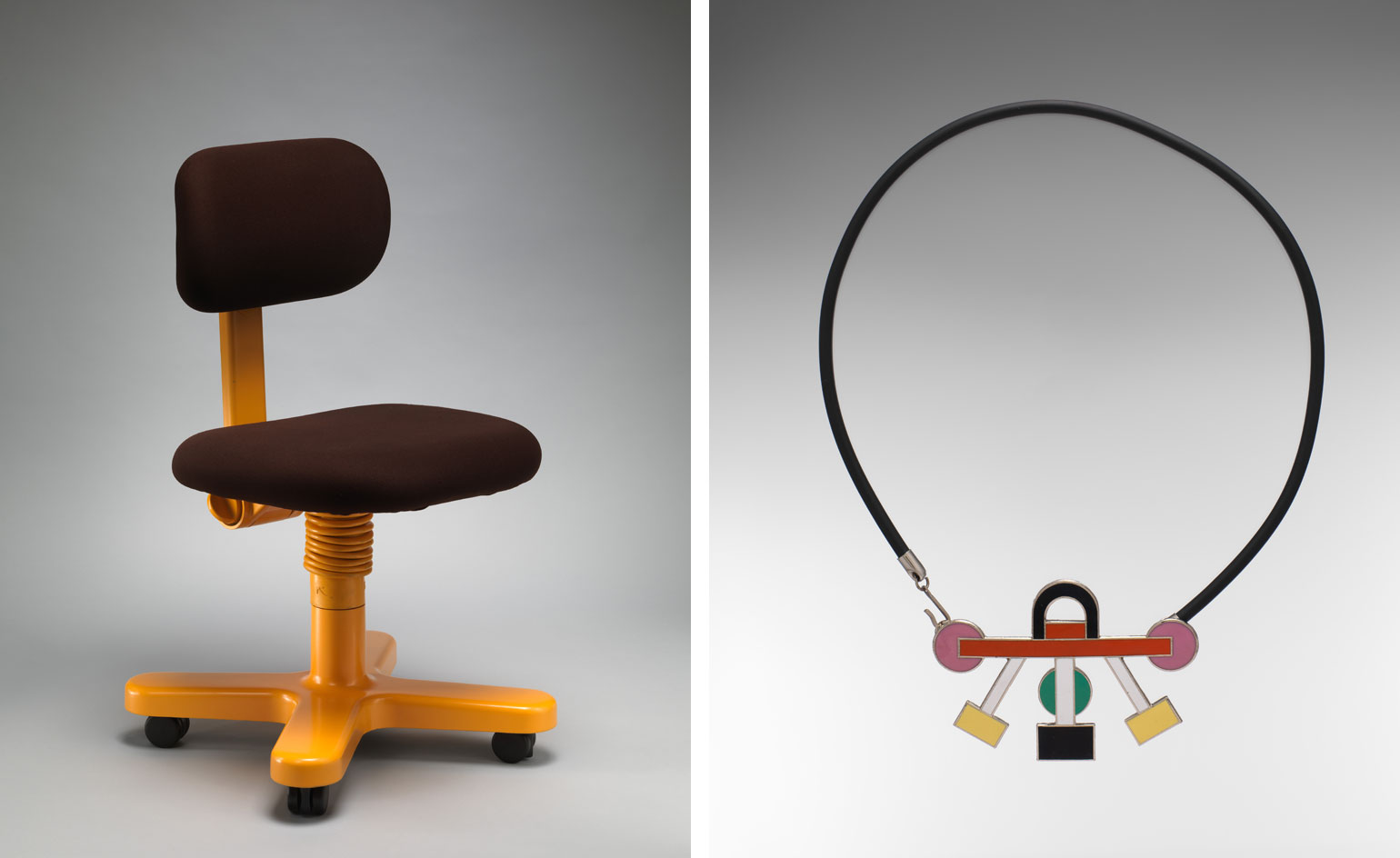
Left, ‘Synthesis 45’ office furniture system, 1972. Right, ‘Euphoria’ necklace, 1985. © Studio Ettore Sottsass Srl

Paintings by Paul Klee and Wassily Kandinsky. Photography: Anna Marie Kellen. Courtesy of The Metropolitan Museum of Art
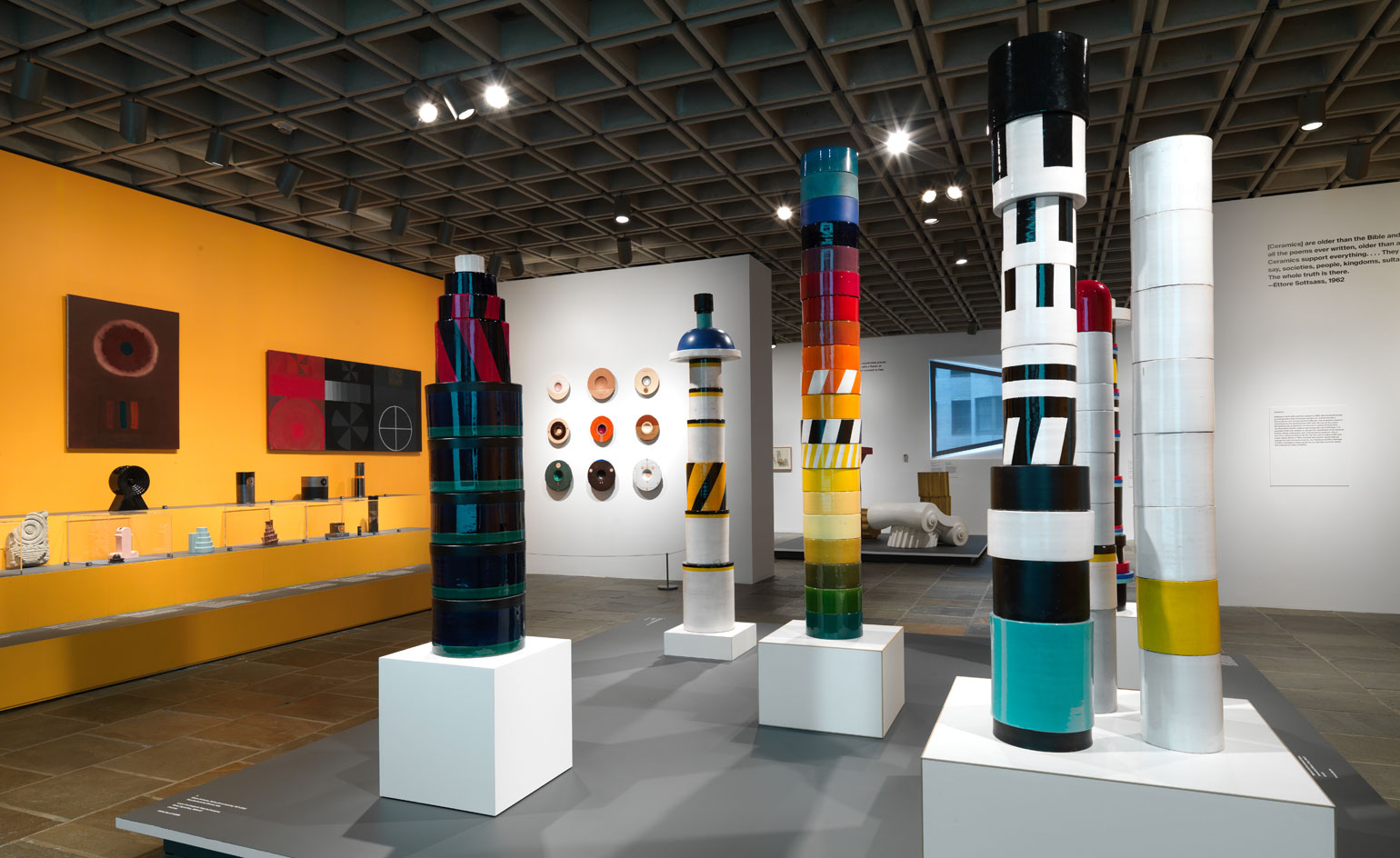
Five industrial ceramic totems – ‘Menhir, Ziggurat’, ‘Stupas’, ‘Hydrants’, and ‘Gas Pumps’ (1965–66) – reflect many of the principles, materials and techniques that subsequently informed the Memphis movement in 1981. Photography: Anna Marie Kellen. Courtesy of The Metropolitan Museum of Art
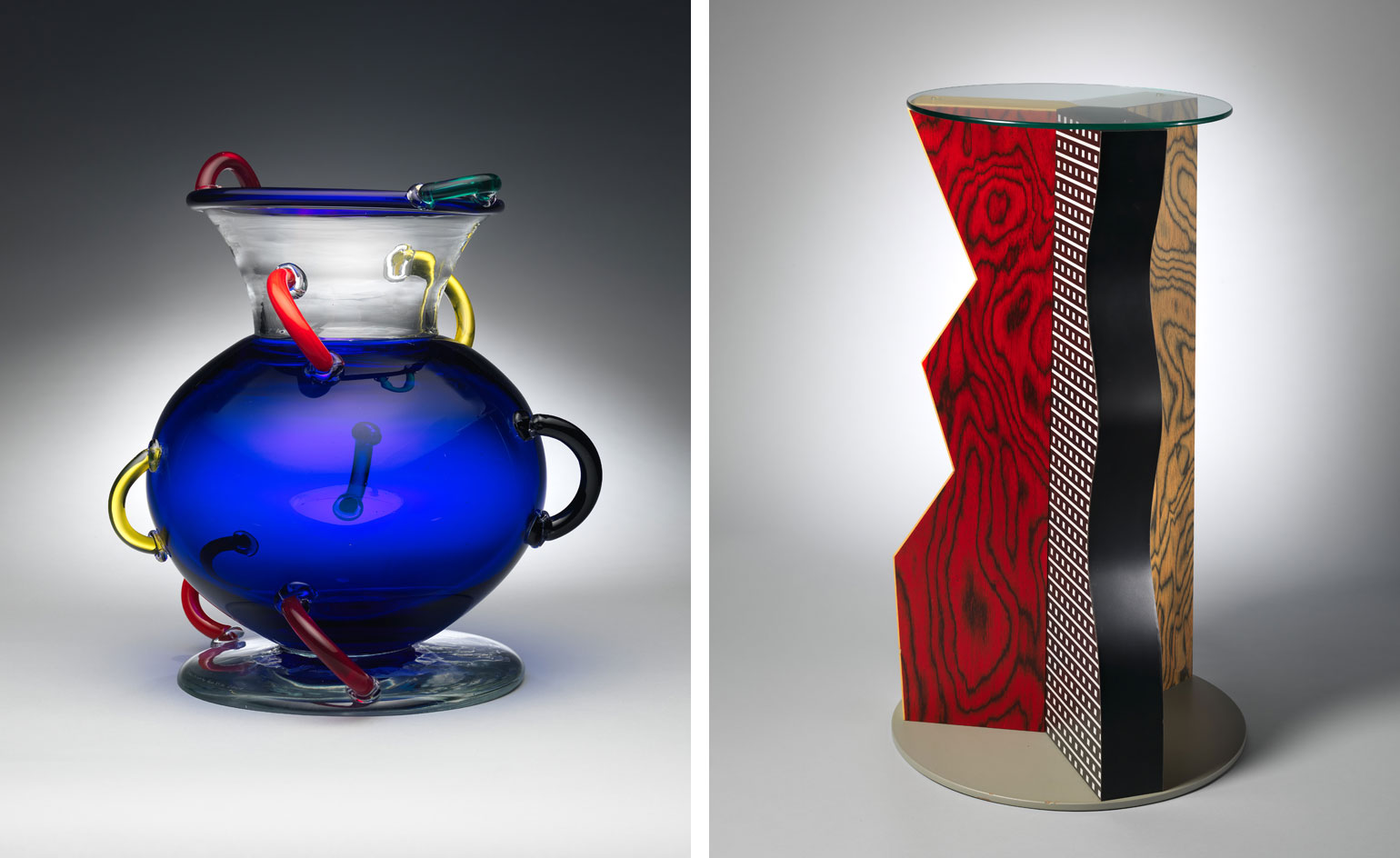
Left, ‘Mizar’ vase, 1982. Right, ‘Ivory’ table, 1985. © Studio Ettore Sottsass Srl

Furniture by Koloman Moser. Photography: Anna Marie Kellen. Courtesy of The Metropolitan Museum of Art

‘The Societies on This Planet Bed’, 1992; ‘Architettura Trumeau’, by Piero Fornasetti, 1913-1988; and Gio Ponti, 1891–1979. Photography: Anna Marie Kellen. Courtesy The Metropolitan Museum of Art
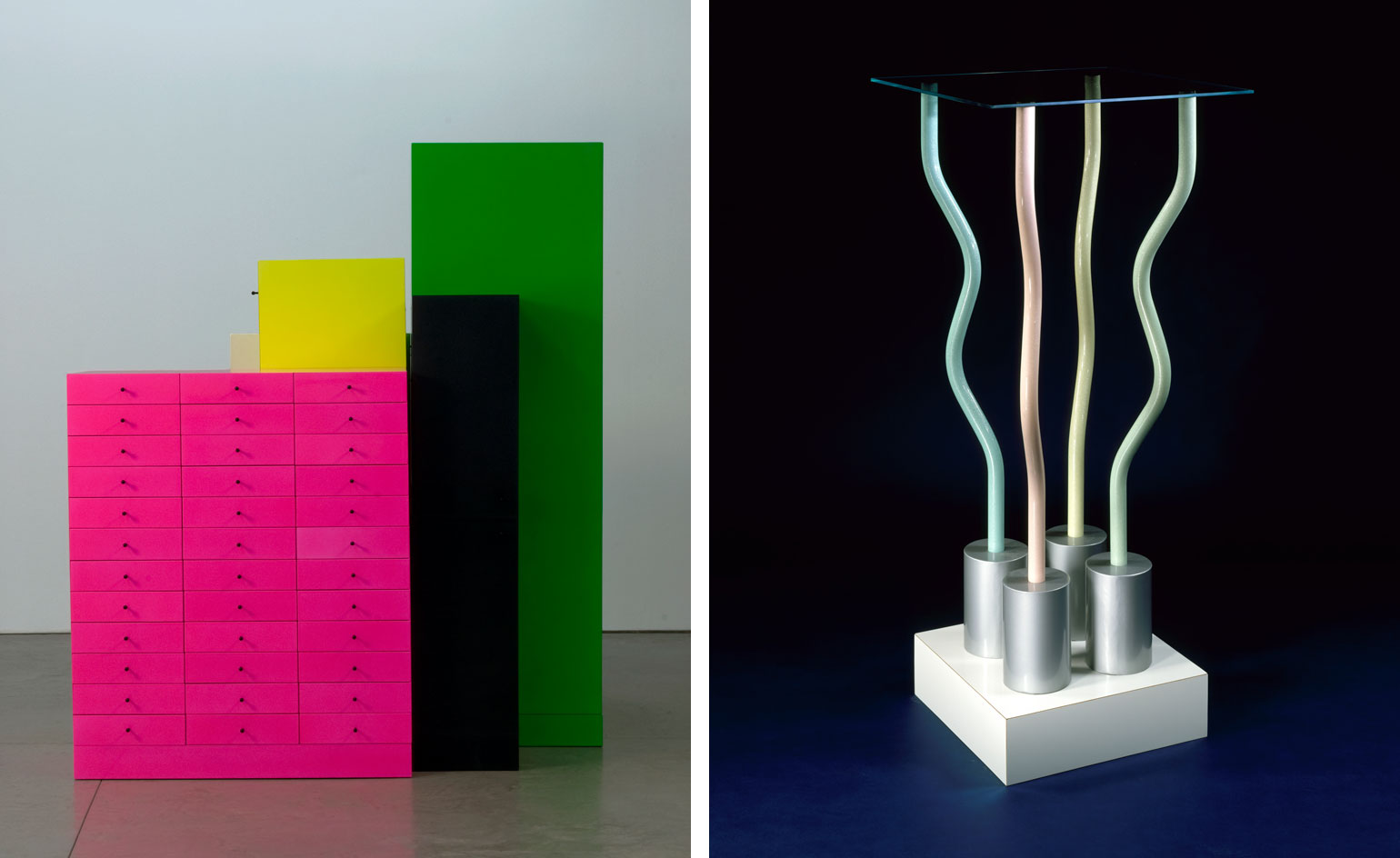
Left,‘Omaggio 3’, 2007. Right, ‘The Structures Tremble’, 1979. © Studio Ettore Sottsass Srl

Installation view of ‘Ettore Sottsass: Design Radical’. Photography: Anna Marie Kellen. Courtesy of The Metropolitan Museum of Art
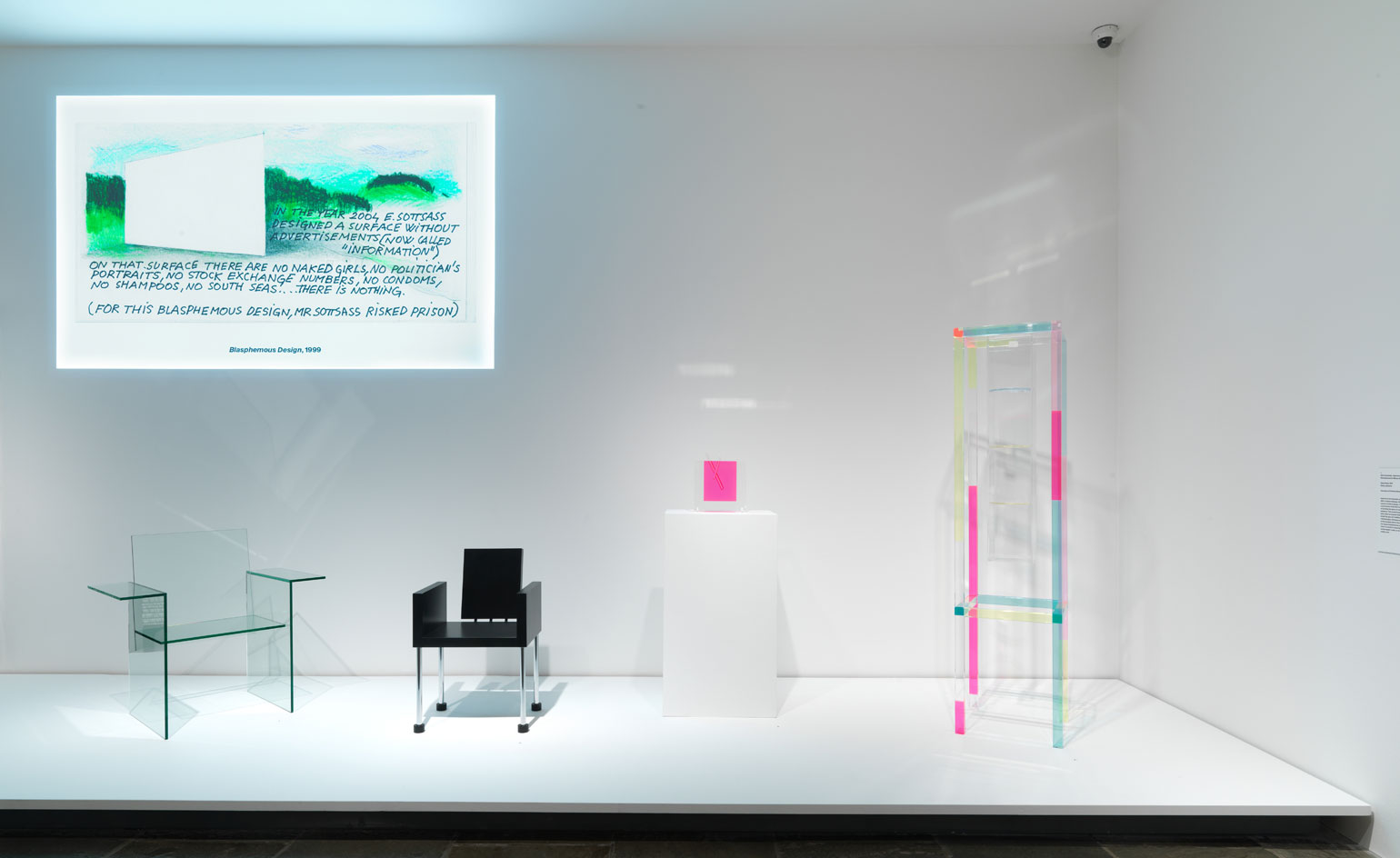
Glass works from 1934 –1991 by Japanese designer Shiro Kuramata. Photography: Anna Marie Kellen. Courtesy of The Metropolitan Museum of Art
INFORMATION
‘Ettore Sottsass: Design Radical’ is on view until 8 October. For more details, please visit the Met Breuer website
ADDRESS
Met Breuer
945 Madison Ave
New York NY 10021
Receive our daily digest of inspiration, escapism and design stories from around the world direct to your inbox.
Pei-Ru Keh is a former US Editor at Wallpaper*. Born and raised in Singapore, she has been a New Yorker since 2013. Pei-Ru held various titles at Wallpaper* between 2007 and 2023. She reports on design, tech, art, architecture, fashion, beauty and lifestyle happenings in the United States, both in print and digitally. Pei-Ru took a key role in championing diversity and representation within Wallpaper's content pillars, actively seeking out stories that reflect a wide range of perspectives. She lives in Brooklyn with her husband and two children, and is currently learning how to drive.
-
 Year in Review: we’re always after innovations that interest us – here are ten of 2025’s best
Year in Review: we’re always after innovations that interest us – here are ten of 2025’s bestWe present ten pieces of tech that broke the mould in some way, from fresh takes on guitar design, new uses for old equipment and the world’s most retro smartwatch
-
 Art and culture editor Hannah Silver's top ten interviews of 2025
Art and culture editor Hannah Silver's top ten interviews of 2025Glitching, coding and painting: 2025 has been a bumper year for art and culture. Here, Art and culture editor Hannah Silver selects her favourite moments
-
 In Norway, remoteness becomes the new luxury
In Norway, remoteness becomes the new luxuryAcross islands and fjords, a new wave of design-led hideaways is elevating remoteness into a refined, elemental form of luxury
-
 Eclectic and colourful, Charlie Ferrer’s home reflects the interior designer’s personal and professional evolution
Eclectic and colourful, Charlie Ferrer’s home reflects the interior designer’s personal and professional evolutionThe New York interior designer invites us into his new Greenwich Village home: come on in
-
 A breathtaking exhibition celebrating modernism’s transatlantic ties soars above Manhattan
A breathtaking exhibition celebrating modernism’s transatlantic ties soars above ManhattanCurated by interior designer Andre Mellone, 'Crossed Trajectories' at Galerie Gabriel's penthouse explores connections between nomadic post-war creatives Jean Royère, Roberto Platé and more
-
 Kohler unveils ‘Pearlized’, an iridescent new bathroom finish with an under-the-sea backstory
Kohler unveils ‘Pearlized’, an iridescent new bathroom finish with an under-the-sea backstoryArtist David Franklin was inspired by glimmering fish scales and sunsets for this mesmerising debut
-
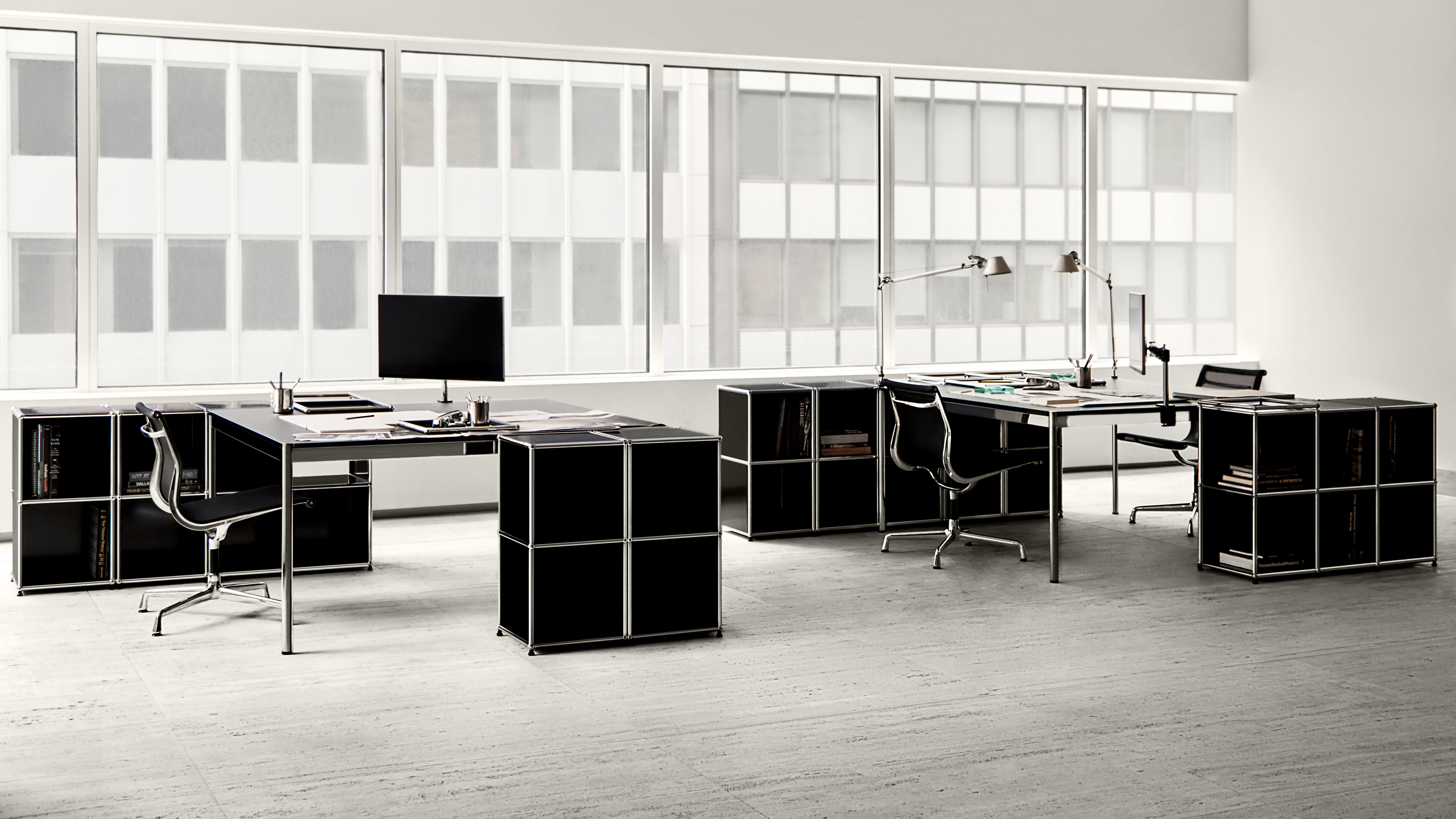 USM and Alexander May Studio present a monochrome meditation on the modern workspace
USM and Alexander May Studio present a monochrome meditation on the modern workspaceThese six flexible workspaces ‘encourage clarity of thought, calm, and self-definition’, says New York designer Alexander May of his partnership with the modular furniture brand
-
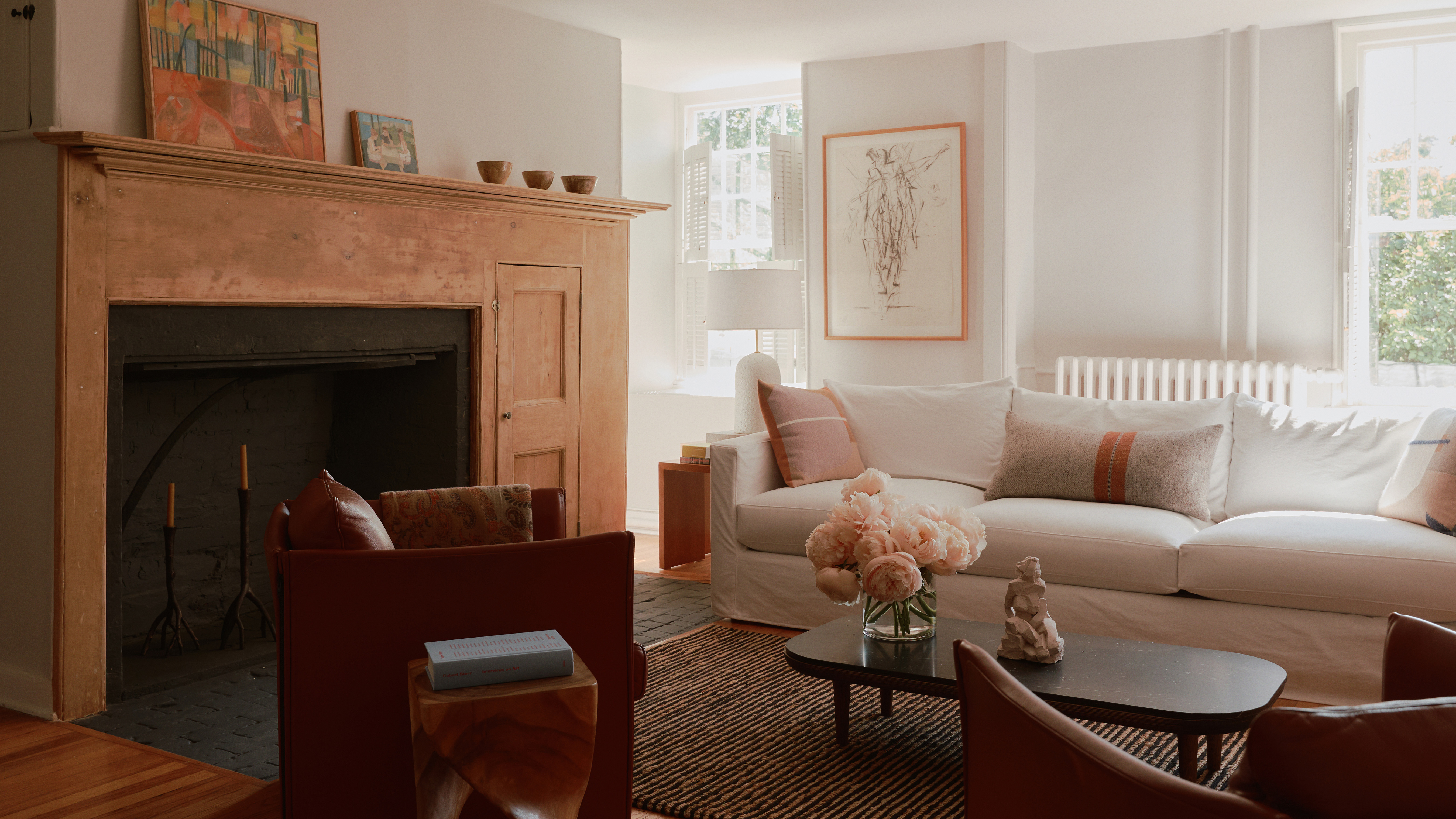 Once overrun with florals, this old Hudson farmhouse is now a sprawling live-work artist’s retreat
Once overrun with florals, this old Hudson farmhouse is now a sprawling live-work artist’s retreatBuilt in the 1700s, this Hudson home has been updated into a vast creative compound for a creative, yet still exudes the ‘unbuttoned’ warmth of its first life as a flower farm
-
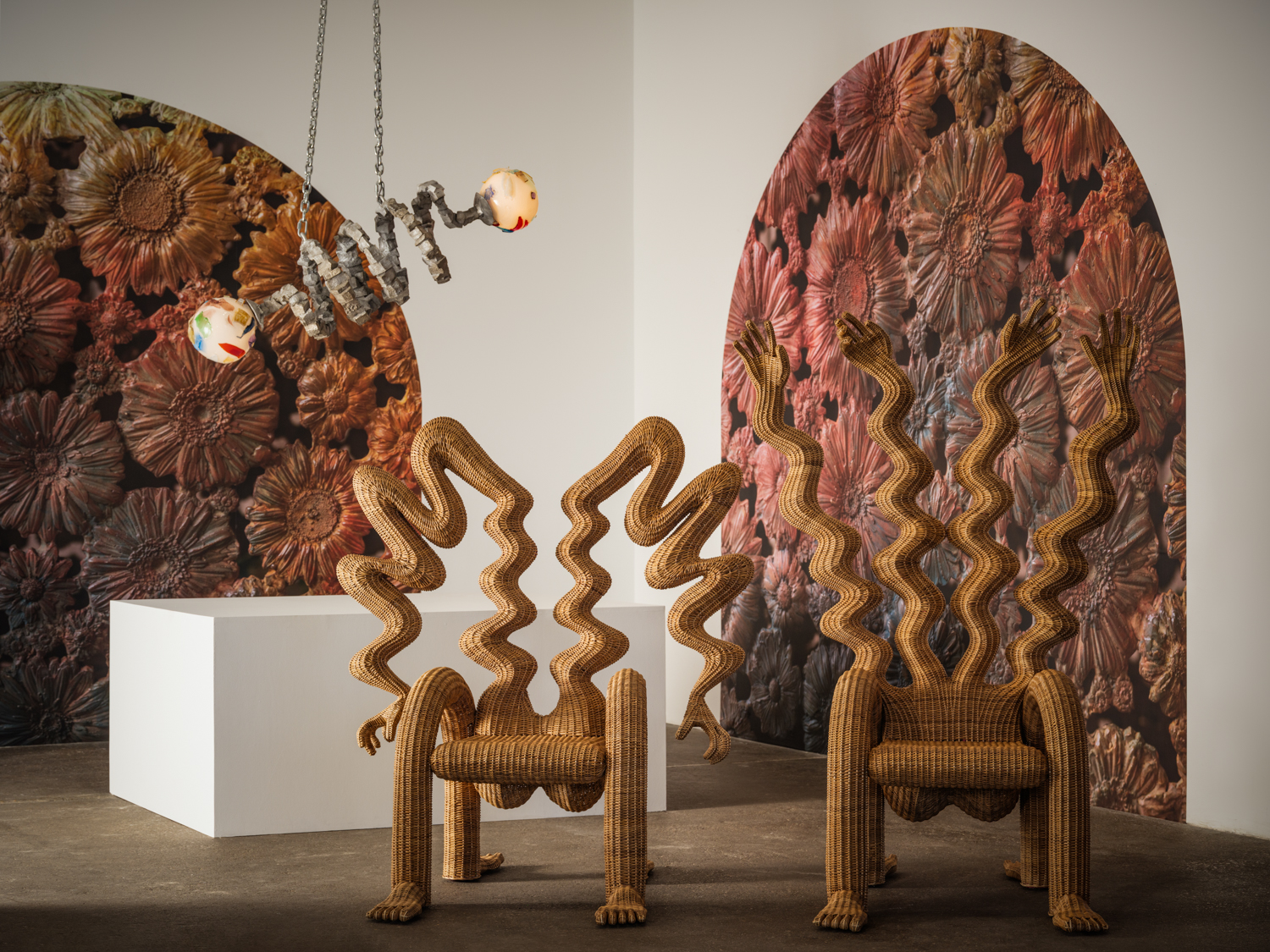 Chris Wolston’s first-ever museum show bursts with surreal forms and psychedelic energy
Chris Wolston’s first-ever museum show bursts with surreal forms and psychedelic energy‘Profile in Ecstasy,’ opening at Dallas Contemporary on 7 November, merges postmodern objects with Colombian craft techniques
-
 How an Austin home went from 'Texan Tuscan' to a lush, layered escape inspired by the Alhambra
How an Austin home went from 'Texan Tuscan' to a lush, layered escape inspired by the AlhambraThe intellectually curious owners of this Texas home commissioned an eclectic interior – a true ‘cabinet of curiosities’ layered with trinkets and curios
-
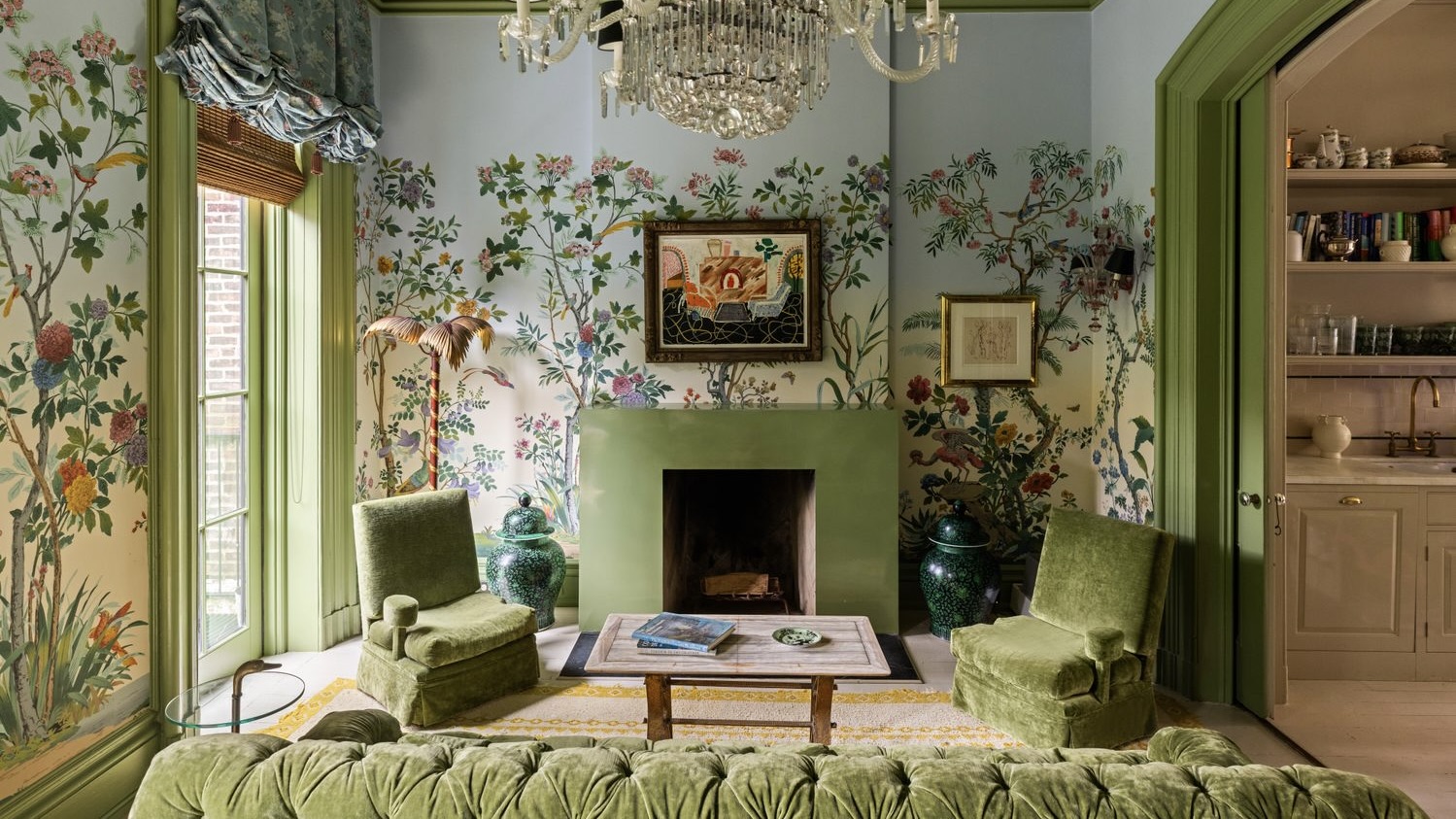 Inside Lily Allen and David Harbour's maximalist Brooklyn townhouse, now on the market for $8 million
Inside Lily Allen and David Harbour's maximalist Brooklyn townhouse, now on the market for $8 millionThe former couple have listed their Billy Cotton-renovated Carroll Gardens brownstone, which has been immortalised in Allen’s new album ‘West End Girl’